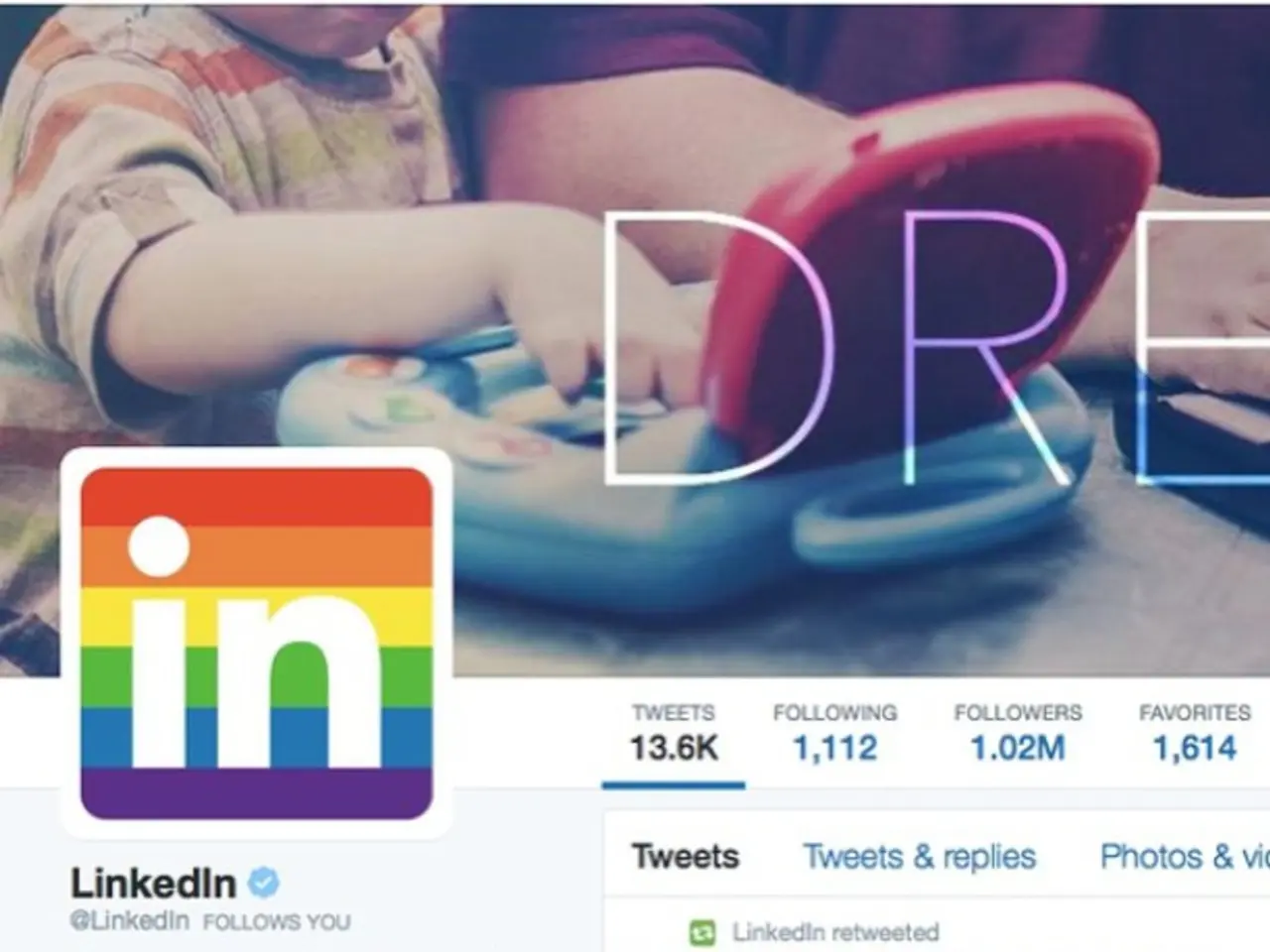Evoking LinkedIn posts in advance: Impact on user interaction?
In the digital age, maintaining a consistent and engaging presence on LinkedIn is essential for professionals looking to build their network and advance their careers. However, misconceptions about using scheduling tools for LinkedIn posts have persisted, leading some users to question their effectiveness.
Recent research and expert analysis have found that scheduling tools are, in fact, beneficial for improving visibility, consistency, and overall engagement on LinkedIn. Scheduling tools allow users to post at optimal times when their audience is most active, maximizing visibility and reach.
These tools help maintain consistency in posting, a critical factor for building and sustaining audience engagement on LinkedIn. Additionally, some scheduling platforms include engagement management features, enabling sustained interaction with audience responses even when posts are scheduled ahead of time.
Third-party tools with advanced scheduling capabilities plus analytics have features to optimize timing and content strategy, potentially increasing engagement. The LinkedIn algorithm values early engagement, so scheduling to post at times with high user activity can be advantageous.
Contrary to popular belief, there is no clear evidence indicating that using LinkedIn's built-in scheduling tool negatively impacts post engagement. In fact, LinkedIn scheduling tools—including built-in or third-party options—are generally regarded as helpful for improving consistency, timing, and overall engagement.
Posting 3 to 5 times per week is recommended to maintain visibility without overwhelming the audience. Leaving 12 hours between posts allows each one to have breathing room. LinkedIn's native scheduler is suitable for posts that include polls, tags, or documents.
While user engagement quality and behavior can vary due to other factors—such as content relevance, audience interaction habits, or post timing—there is no direct evidence from recent research or expert analysis that scheduling LinkedIn posts inherently harms engagement levels.
Content strategist John Espirian scheduled all his posts for a month and saw an increase in engagement, demonstrating the potential benefits of using scheduling tools effectively. Posting mid-morning on weekdays is ideal due to high scroll activity.
Manual posting is preferable when responding to a current event or when one wants to post immediately. Batching and scheduling posts can help save time and reduce stress for future posting, making it an attractive option for many users.
In conclusion, scheduling tools on LinkedIn can be a valuable asset for professionals looking to improve their online presence and engagement. By using these tools to optimize timing, maintain consistency, and engage with their audience effectively, users can boost their LinkedIn performance and achieve their career goals.
[1] HubSpot. (2023). The Ultimate Guide to Social Media Scheduling. Retrieved from https://blog.hubspot.com/marketing/social-media-scheduling
[3] Hootsuite. (2023). How to Use Hootsuite for LinkedIn. Retrieved from https://blog.hootsuite.com/how-to-use-hootsuite-for-linkedin/
[5] LinkedIn. (2023). When is the Best Time to Post on LinkedIn? Retrieved from https://www.linkedin.com/learning/boost-your-linkedin-presence/when-is-the-best-time-to-post-on-linkedin
- The research and analysis conducted by HubSpot, Hootsuite, and LinkedIn indicate that scheduling tools are advantageous for improving visibility, consistency, and overall engagement on LinkedIn, as they help post at optimal times when the audience is most active.
- Using scheduling tools on LinkedIn effectively, such as by following the recommended posting frequency of 3 to 5 times per week with 12 hours between posts, can lead to an increase in audience engagement, as demonstrated by content strategist John Espirian's experience.
- Third-party scheduling tools with advanced analytics are beneficial for professionals, as they offer features to optimize timing and content strategy, potentially increasing engagement levels on social-media platforms like LinkedIn, making them an attractive option for maintaining an engaging presence on social-media platforms for audience entertainment and career advancement purposes.




